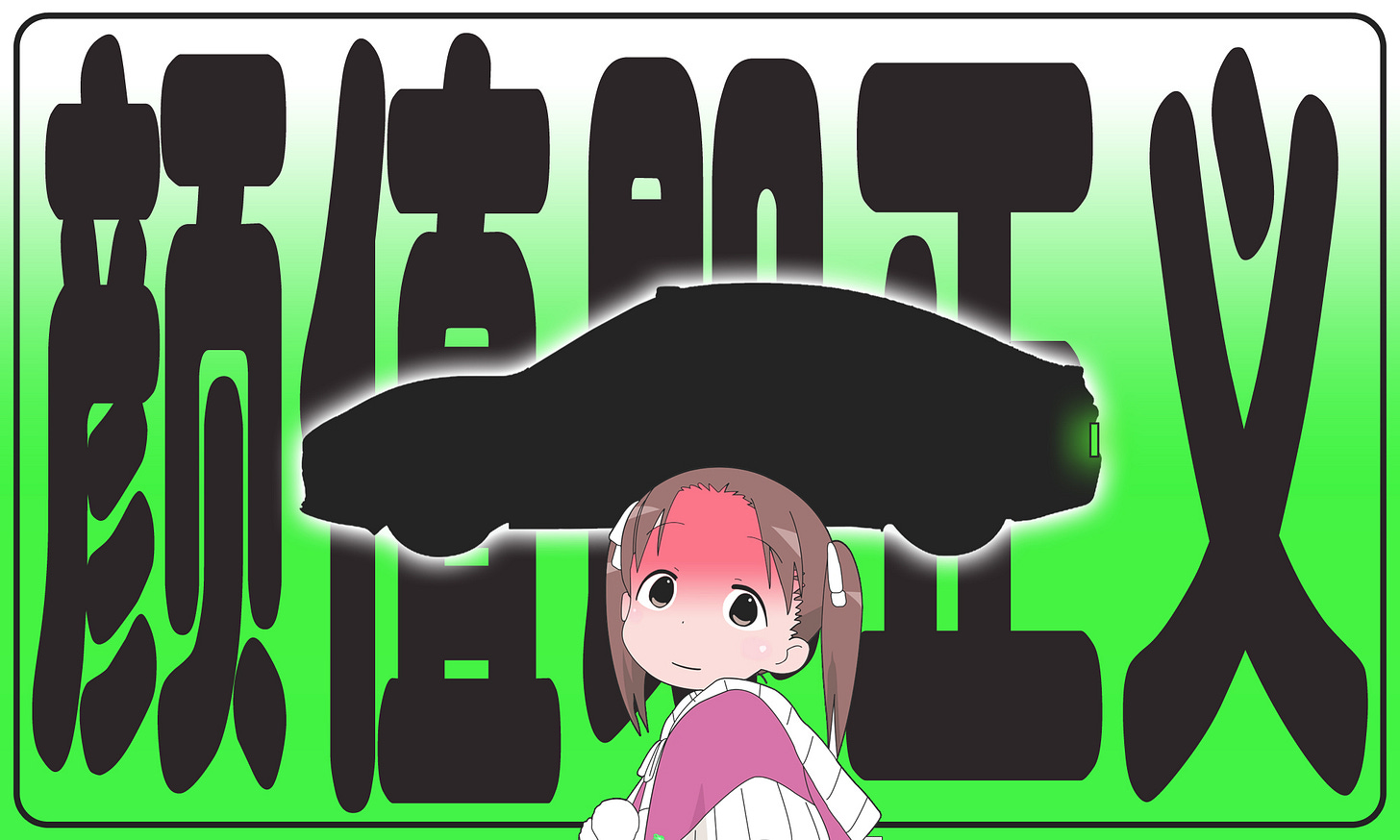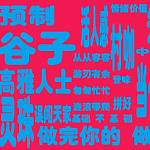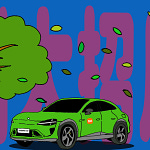Welcome to RealTime Mandarin, a free weekly newsletter that helps you improve your Mandarin in 10 minutes a week.
Subscribe today to get your fluency back, stay informed about China, and communicate with confidence in Chinese — all through immersion in real news.
One of China’s best-known entrepreneurs sparked widespread discussion during China's annual political gathering—the Two Sessions (两会) last week.
Lei Jun 雷军 is the entrepreneur—the CEO and founder of Xiaomi 小米, one of China’s top smartphones makers, and more recently, producer of high-end New Energy Vehicles (NEVs). He attended the Two Sessions as a CPPCC delegate (政协)代表).
The CPPCC—one of the Two Sessions—invites non-CCP officials, such as entrepreneurs like Lei Jun, to discuss and recommend (建议) policies through meetings and consultations. This year’s top topics included boosting consumption and tackling graduate unemployment.
Readers of this newsletter will know two of the biggest challenges China has been grappling with over the last year is falling consumption, and high unemployment among university graduates—known as “rotten end kids” (烂尾娃).
For the Communist Party, the CPPCC meetings are a way to project inclusivity, gauge public sentiment, and allow policy dialogue—albeit controlled.
For entrepreneurs like Lei Jun, although they have very little influence on policy, attending the meeting is a rare chance to network with top officials, boost credibility, and gain positive PR in state media, which then spreads more widely. Their proposals typically focus on industry issues, highlighting challenges while staying within official narratives. Most go unnoticed, but occasionally, one goes viral—which happened with one of Lei Jun’s recommendations.
He submitted five proposals which he also published on his social media channels on 4 March, when the meetings officially began:
Accelerating the mass production of autonomous vehicles (关于加快推进自动驾驶量产的建议)
Fostering an intelligent and connected NEV ecosystem (关于发展智能网联新能源汽车产业生态的建议)
Advancing high-quality growth in AI-powered devices (关于加快推进人工智能终端产业高质量发展的建议)
Redesigning license plates for NEVs (关于优化新能源汽车号牌设计的建议)
Strengthening regulations on AI face swap and voice cloning (关于加强“AI 换脸拟声”违法侵权重灾区治理的建议)
As expected most of his proposals are framed around strategic challenges in the NEV sector. But one proposal, hidden at fourth in the list, focusses on what looks like a trivial detail: the redesign of NEV license plates.
It’s likely buried there on purpose—the one most easily overlooked. But it’s probably the one that matters to him most, and his growing NEV business empire.
He explains through veiled criticism:
"The mismatch between green plates and vehicle colours is hindering innovation in automotive design."
“绿色号牌与车体颜色兼容性差,正在制约汽车设计突破。” [3]
Chinese NEV license plates have a graded fluorescent green background with black numbers (渐变绿+黑色字符).
First piloted in 2016, the current design was chosen through a 2017 public vote with 145,000 participants.
Designed by BYD, China’s largest NEV maker, the light green plate was supposed to symbolise sustainability, and was fully rolled out by mid-2018.
But that was a very different time, as one commentator notes:
"Looking back, those voters may have underestimated how fast automotive aesthetics are evolving: while automakers use the design language of supercars to attract younger buyers, the green plate has become a mismatch with modern style."
如今回头看,投票的车主或许低估了汽车消费的审美升级速度:当车企开始用超跑级设计语言吸引年轻人时,绿牌却活成了“时尚绝缘体”。 [3]
Lei Jun agrees: the fluorescent green colour is unappealing to young consumers who expect high aesthetics and personalisation, and it clashes with sportier paint colours. The plates also lack smart features—like QR codes and inbuilt chips—and are less adaptable to modern transport needs.
He says “optimising” (优化) the colour and design could boost car sales and economic activity.
This recommendation quickly went viral on social media, resonating with many NEV owners who were more direct:
“The moment you get a green plate, your car’s visual appeal drops by half.” (绿牌一上,颜值减半)
"The green license plates are really ugly—so ugly that even the blue [for petrol cars] plates start to look good in comparison." (绿车牌设计真的丑,丑到都觉得蓝牌好看的程度) [1]
Many speculated Lei’s proposal was tied to Xiaomi’s SU7 Ultra launch on 28 February.
The high-performance NEV, available in colours like Obsidian Black, Parrot Green, and Lightning Yellow—all of which clash terribly with fluorescent green—has drawn comparisons to Porsche in style.
It’s even earned nicknames like “Mi-Porsche” or "Mische" (米时捷), blending Chinese names for Porsche (保时捷) and Xiaomi (小米). It’s also been called an "affordable Porsche alternative" (保时捷平替).
"Affordable alternative" (平替) is a relatively new slang term which reflects changing consumer preferences in recent years.
However, when images emerged of the car with its standard green license plate, the reaction was overwhelmingly negative:
The moment the green plate is on the car, it goes from "peak aesthetic" to "rural subculture cringe".
一挂上绿牌,瞬间从“颜值天花板”跌成“乡村非主流” [3]
The backlash highlights a common sentiment in the NEV industry: despite China’s rise in sleek, futuristic NEVs, the green plates remain an unpopular design feature.
But while Lei Jun's proposal is widely supported, many say implementing it is a long way off.
Phasing out green plates will require extensive pilot testing and managing challenges like rolling out for 350 million vehicles, while ensuring data security, traffic safety, and legal compliance.
So that’s what we’re exploring this week!
🎧RTM Podcast Preview🎧
In this week’s RTM Advanced podcast, we’re diving into the language of beauty—because in Chinese, there’s more than one way to call something (or someone) good-looking.
审美 shěn měi — "aesthetic sense"
美观 měi guān — "visually pleasing"
气质 qì zhì — "[beautiful] aura"
颜值 yán zhí — visually appealing
We’ll break down their meanings, how they differ, and how to use them like a native—we’ll also explain ways to say “ugly” too.
Tune in to level up your language and appreciation for all things beautiful!
Favourite Five
1. 掉价 diào jià
lose value, look cheap
绿色车牌真的很难和车漆颜色搭配,最后出来的效果非常掉价 - Green license plates usually don’t go well with vehicle colours, and the final result looks very cheap. [2]
2. 意难平 yì nán píng
unresolved regret, lingering disappointment
它们挂上那块绿色渐变的新能源车牌,便成了车主们的意难平 - Once the car gets the fluorescent green plate, it became a let-down that the owner finds hard to come to terms with. [1]
Note: a popular social media slang phrase.
3. 钉子户 dīng zi hù
stubborn holdout, persistent problem
当网友疯狂催更时,绿牌似乎成了车圈“最顽固的钉子户” - While car manufacturers are under increasing pressure to release new models at an ever faster pace, the green license plate seems to become the most stubborn holdout in the automotive industry. [3]
4. 拖后腿 tuō hòu tuǐ
hold back, drag down
这块塑料铁皮在技术层面的“原始状态”则直接拖了智能出行后腿 - With its lack of technology, this metal plate has directly hindered the development of smart mobility. [3]
5. 颜值即正义 yán zhí jí zhèng yì
looks are everything, beauty is justice
如果说“颜值即正义”是车圈的生存法则,那新能源汽车的绿色号牌就是行业的“叛徒” - If the rule "looks are everything" governs the car industry, then the green license plates of new energy vehicles are the "traitors" of the auto business. [3]
More: Read more about this internet phrase started life in Japanese Manga in Sinica’s Phrase of the Week.
💡 Ready to bridge the gap to real-world fluency? 💡
Every RTM+ post is packed with tools to help you:
✅ Get fluent
✅ Stay informed
✅ Communicate with confidence
RTM+ is designed to fit your busy life, your learning style, and your level. Whether you’re “intermediate”, “advanced but rusty”, or “fluent with gaps”, you’ll get content that’s practical, engaging, and easy to stick with.
From newsletters and podcasts to curated news articles, transcripts, full word lists, PDF printouts, and app integrations—RTM+ gives you everything you need to build momentum and finally break through your plateau towards real-world fluency. 👇
Consuming the Conversation
Useful words
6. 土气 tǔ qì
tacky, outdated















